Oculus
TPF Noob!
- Joined
- Nov 8, 2016
- Messages
- 37
- Reaction score
- 11
- Location
- Austria
- Can others edit my Photos
- Photos OK to edit
Hey everyone!
So, I have decided to give color printing a try. I have heard that it is quite a tedious process, but it seems like there are a few tricks and tools (filters for daylight and tungsten balanced film for different color temps) to make the whole process easier. Also, I am pretty sure I have the temperature "problem" figured out.
Now my question: what is the most essential equipment to make color prints?
So far I found different lists, and the tools that always get mentioned are the Kodak color print viewing filters, color analyzers, and densitometers.
From my understanding the color analyzer will give a person the "close-to-right" settings for the color dials on the enlarger, but most likely not the final ones. Seems like this can also be done with Kodak's color print viewer (with one or two extra test prints).
The densitometer gives a person the right exposure values for the film+paper combination, which essentially makes the test strips obsolete. While this seems useful, I don't consider making test strips too much work and the calibration process seems to be too much work for just a few prints a year.
What are your thoughts? Is the Kodak color print viewing filter the only thing I really need?
Is there any other tool I have missed?
So, I have decided to give color printing a try. I have heard that it is quite a tedious process, but it seems like there are a few tricks and tools (filters for daylight and tungsten balanced film for different color temps) to make the whole process easier. Also, I am pretty sure I have the temperature "problem" figured out.
Now my question: what is the most essential equipment to make color prints?
So far I found different lists, and the tools that always get mentioned are the Kodak color print viewing filters, color analyzers, and densitometers.
From my understanding the color analyzer will give a person the "close-to-right" settings for the color dials on the enlarger, but most likely not the final ones. Seems like this can also be done with Kodak's color print viewer (with one or two extra test prints).
The densitometer gives a person the right exposure values for the film+paper combination, which essentially makes the test strips obsolete. While this seems useful, I don't consider making test strips too much work and the calibration process seems to be too much work for just a few prints a year.
What are your thoughts? Is the Kodak color print viewing filter the only thing I really need?
Is there any other tool I have missed?



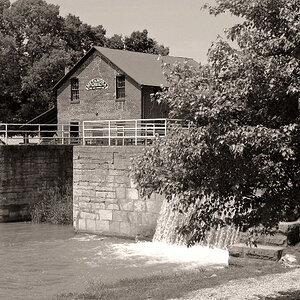
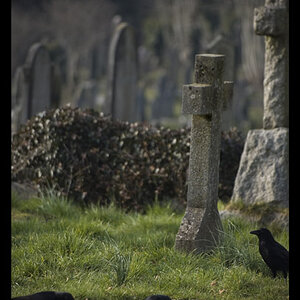

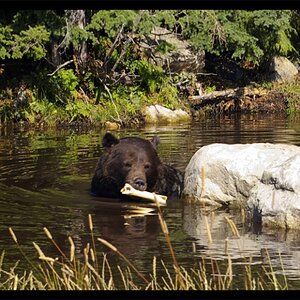
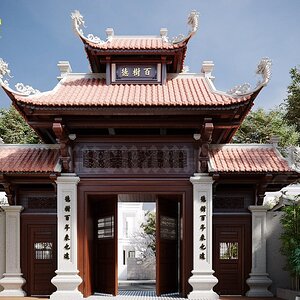
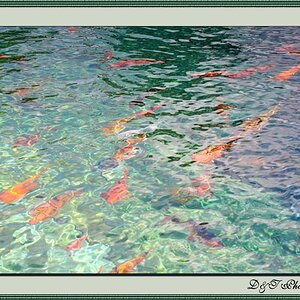


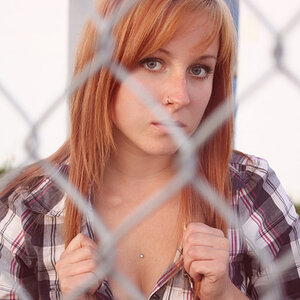
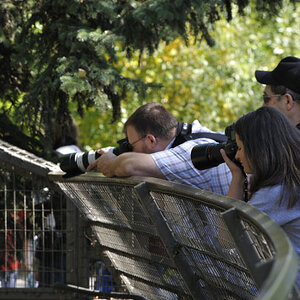
![[No title]](/data/xfmg/thumbnail/32/32004-4455324f0b4b5cc318dd35877147ac47.jpg?1619735148)